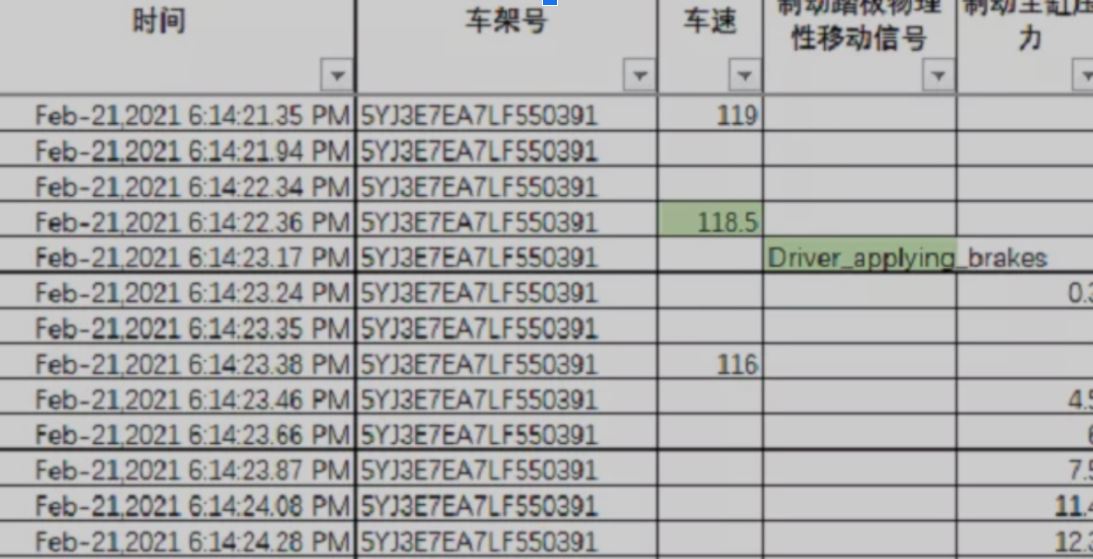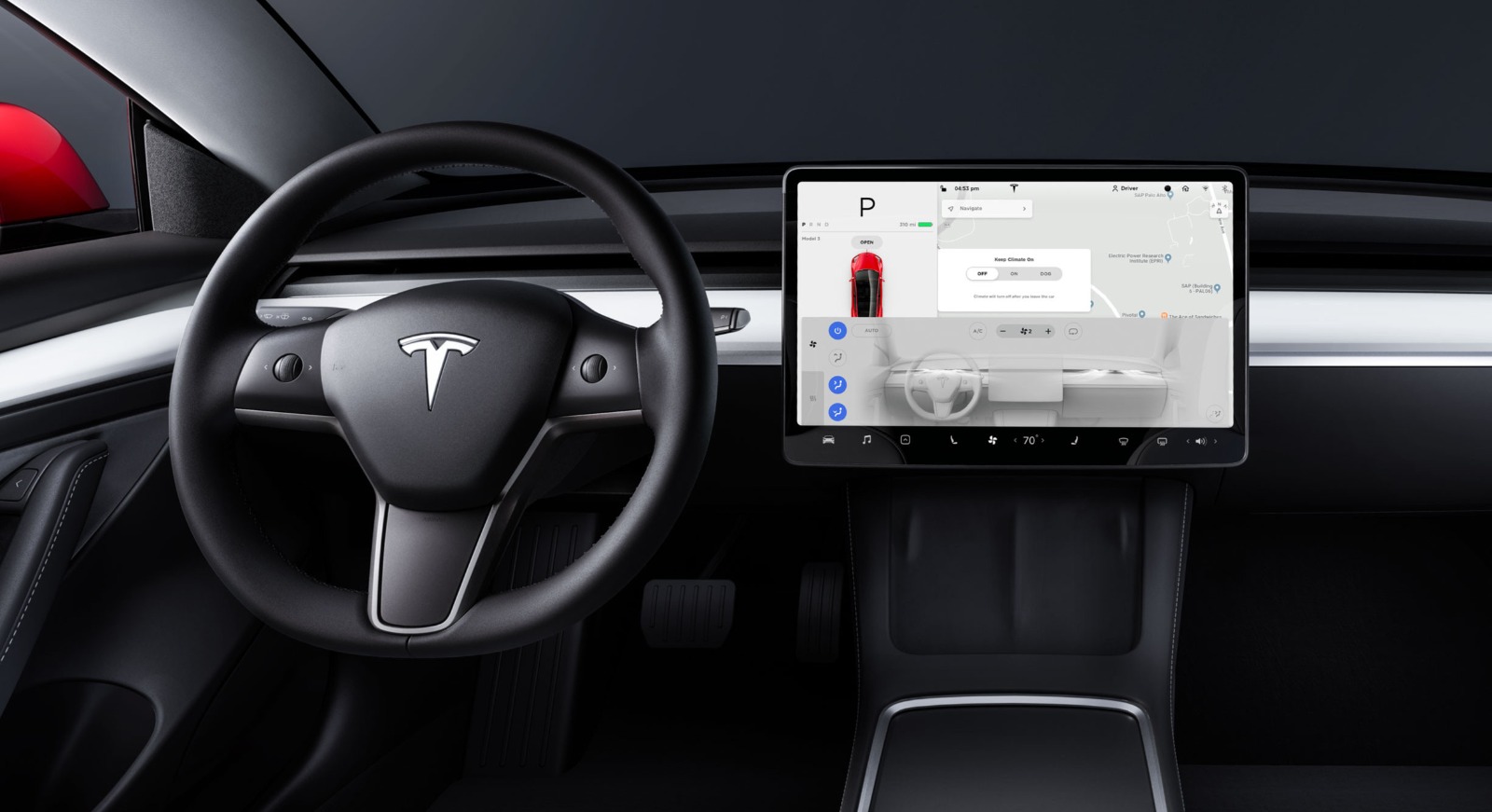Logs Help Solve Mysterious Car Accidents:
 (Image credits: https://www.tesla.com)
(Image credits: https://www.tesla.com)
Let’s take a look at a speeding car, minutes before the accident. The vehicle is driving at a high speed, and the driver starts to depress the brake pedal. At what point is the automatic emergency braking function activated? If not immediately, when does it take effect? How much effect does it have on the velocity of the halting car?
Tesla’s automatic car system was first introduced in 2014 and as of May 2021 the advanced autopilot system was released to a few thousand Tesla owners for testing. Since then, there have been a number of collisions and accidents that have put a tremendous amount of pressure on the company, from the public as well as from family members of the victims.
Luckily, or shall we say, thanks to responsible company practice, Tesla’s cars log every drive so that each action and reaction of the car’s system is uploaded to the cloud. This makes finding the cause of accidents as simple as clicking a button.
Logs Reveal No Fault With Automatic Emergency Braking System
In one such accident in China that occured on February 21, 2021, logs of the crash were released to the public, after pressure was put on the company to practice transparency. The logs displayed the rate of acceleration of the vehicle prior to the crash, and the number of times the brakes were pressed before the automatic emergency braking system was activated. It includes timestamps about six seconds before the crash, the vehicle number, the speed of the vehicle, driver input, and the pressure being applied to the brake pedal. Based on Tesla’s explanation, the driver applied pressure to the brakes, but not enough pressure was applied, and by the time the emergency brakes were initiated, it was too little too late. The following is a snapshot of part of the datalogs released to the public:

(Image credits: https://www.torquenews.com/1/tesla-publicly-releases-crucial-data-showing-what-happened-minutes-china-accident)
The depth of the data is amazing. They were able to log the pressure of the brakes over the length of time, before the accident, which showed the rate at which the car was driving, and that the force applied to the brakes by the driver was just not sufficient. This absolved Tesla of any responsibility.
Despite Claim of Family, Log Data Displays Autopilot Was Not Engaged
In another accident in Texas, on May 8th, 2021, involving a Tesla vehicle, data logs showed that although no one was in the driver’s seat (one person was in the front passenger seat and another was in the backseat) the vehicle was not in Autopilot at the time of the crash. The vehicle crashed as the driver backed the car out of the driveway. At the time of impact, the driver was found in the backseat. While it is impossible to know exactly what transpired, logs from the vehicle clearly show again that the crash is due to human error and that the Tesla automated system is not at fault.

(Image credits: https://www.tesla.com)
Logging and Learning:
Another benefit of the logging system in Tesla’s vehicles is that authorities were able to point to human error time and time again. Usually it had to do with a certain trend of careless drivers that are focused too much on relying on emergency systems, or drivers not paying enough attention with the autopilot on. This is influencing Tesla to look into putting in more safety mechanisms so that drivers will be less careless, and accidents will be less frequent. Recently Tesla removed drivers from their FSD Beta if they found that they were not using it properly. This clearly displays the important learning curve when it comes to safety as a result of the log data of these accidents.
Without logs, it would be easy to simply blame the large conglomerate. Instead, autopilot technology will continue to improve and take into account something people hadn’t necessarily anticipated, that when things are done for us, it’s easy for people to get over-confident and forget they are driving a vehicle of tremendous power. Logging has helped point to the root of the problem so that the proper adjustments can be made and we can stay safe on the road, while enjoying the vast capabilities of new technology that will surely change the world.